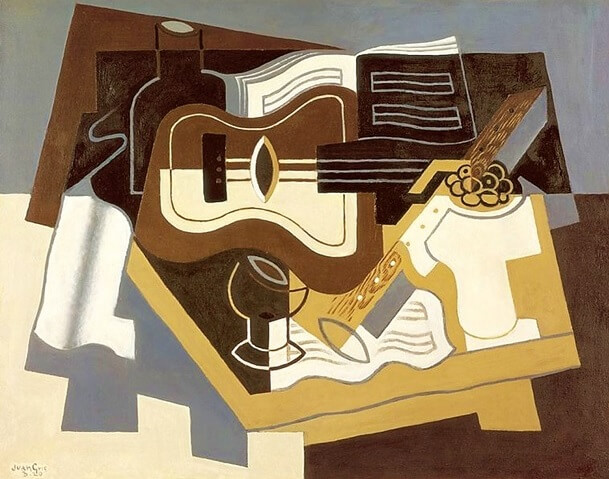 Whimsical Woodwinds and Boisterous Brass
Woodwinds and Brass
Whimsical Woodwinds and Boisterous Brass
Woodwinds and Brass

 Whimsical Woodwinds and Boisterous Brass
Woodwinds and Brass
Whimsical Woodwinds and Boisterous Brass
Woodwinds and Brass

Study the musical selection for one week.
Over the week:
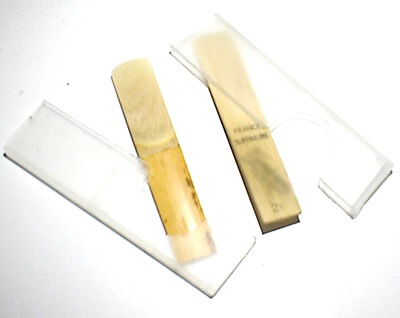
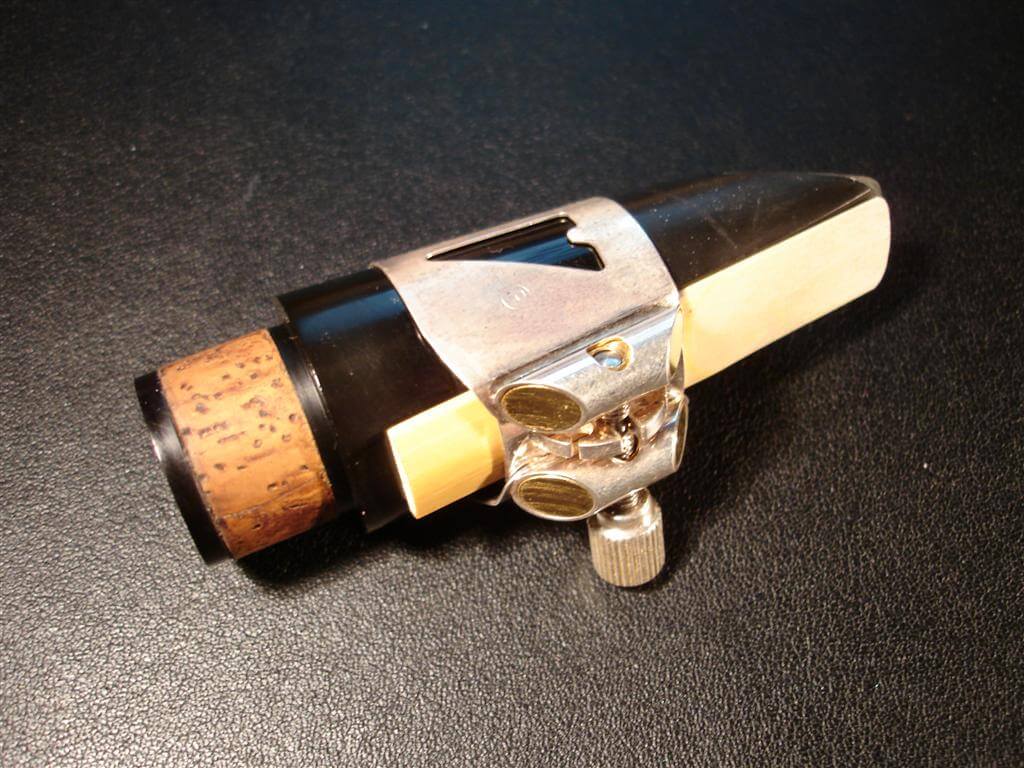
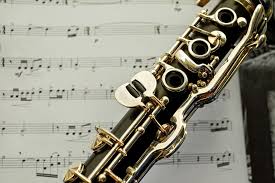
Activity 1: Review the Parts of a Clarinet
Review the parts on the labeled picture of the clarinet.
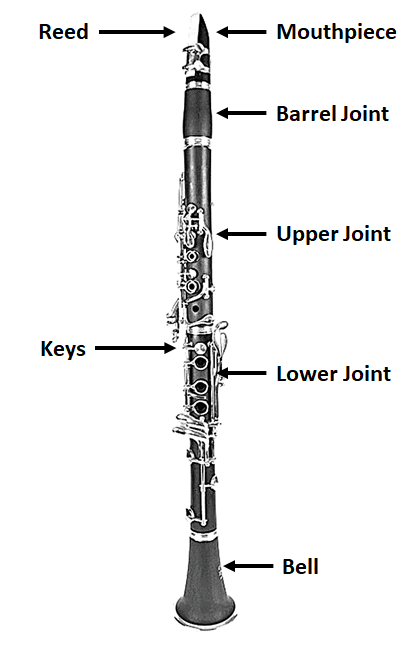
Activity 2: Review How to Hold and Play a Clarinet
Review the picture of the clarinetists in a parade and answer the following questions:
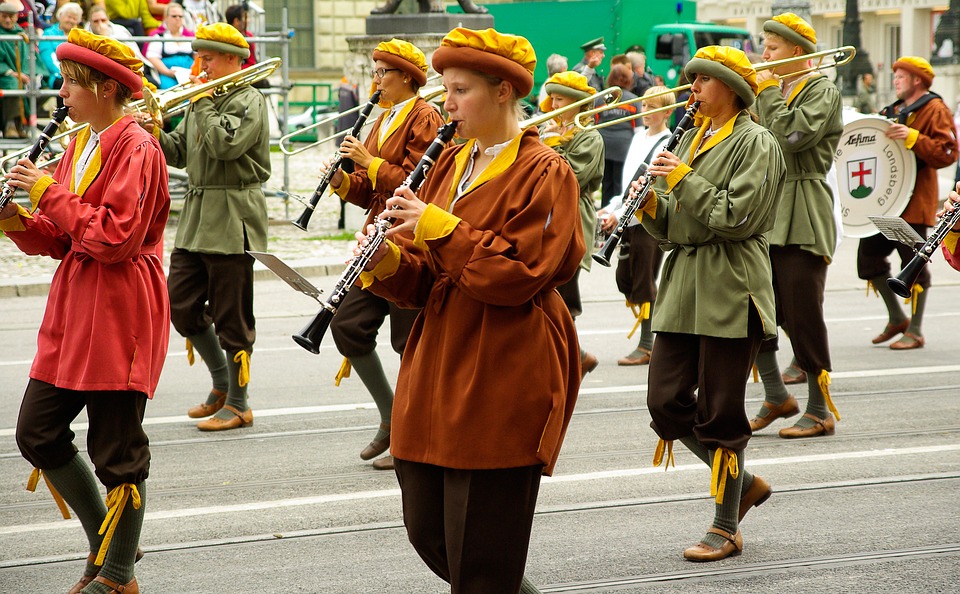
Activity 3: Quiz Yourself: Identify Clarinet Parts
Quiz yourself, and identify the following parts from memory on the clarinet diagram:
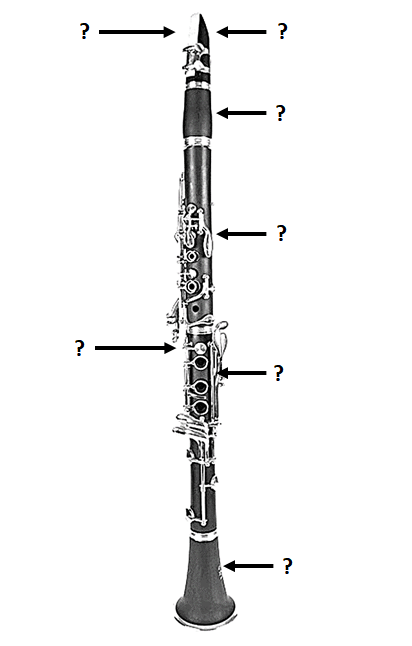
Activity 4: Can You Find It?
Study the lesson image, 'Guitar and Clarinet,' by Spanish painter Juan Gris, and find the following:
